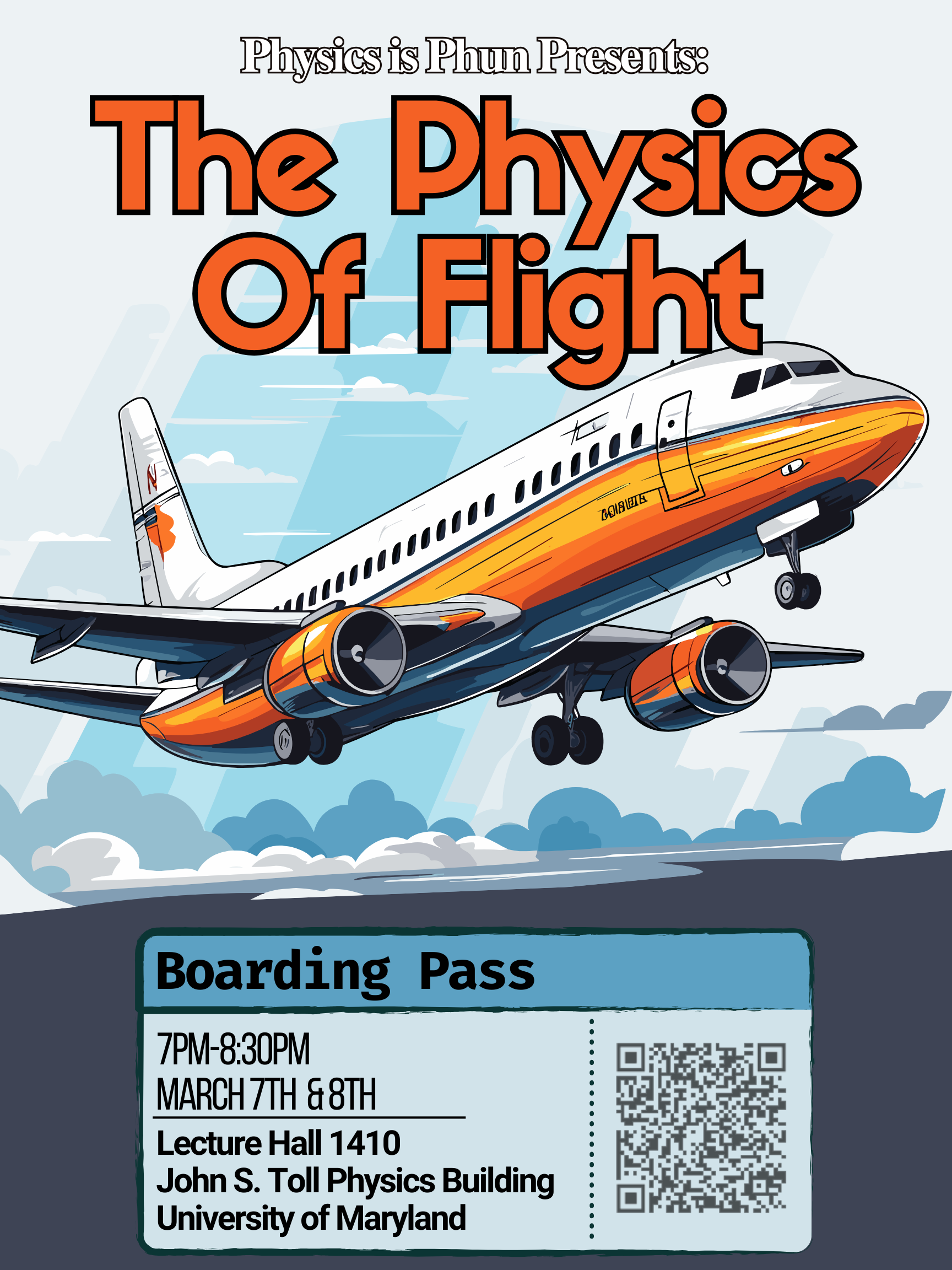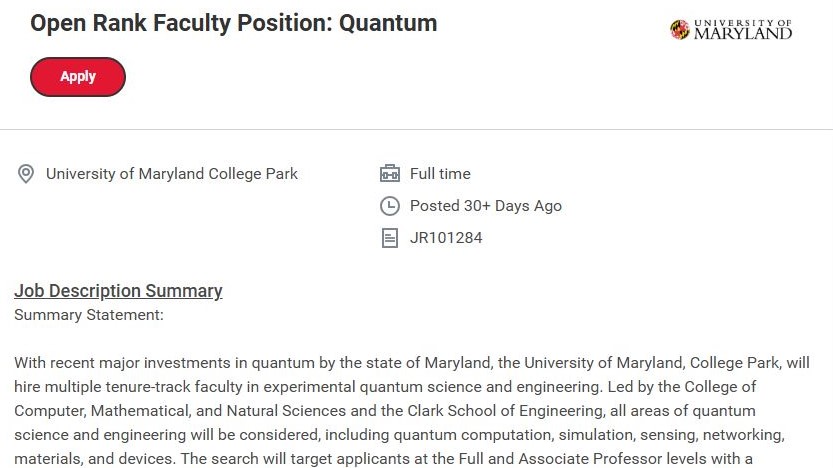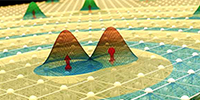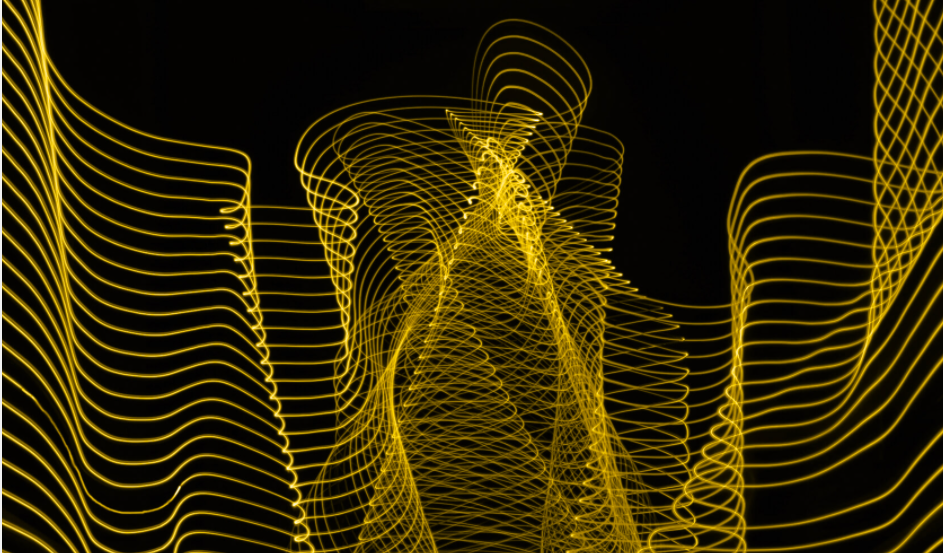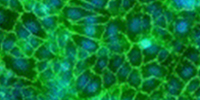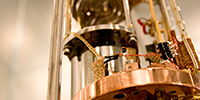The Large Synoptic Survey Telescope (LSST)
- Details
- Created: Monday, December 03 2012 00:00
- Last Updated: Monday, December 03 2012 13:17
- Written by Carole Kiger
- Hits: 3988
Steven M. Kahn, Stanford University and SLAC National Accelerator Laboratory
December 11, 2012
LSST is a large-aperture, wide-field, ground-based telescope designed to provide an imaging survey of half the sky in six optical colors every few nights. As such, it will enable a diverse array of distinct scientific investigations, ranging from compiling a census of moving objects in the solar system to charting the formation and structure of the Milky Way galaxy. Of particular interest for cosmology and fundamental physics, LSST will provide tight constraints on the expansion history of the universe via statistical measurements of the shapes and distributions of billions of galaxies out to moderate-to-high redshifts. In view of these capabilities, LSST was ranked as the highest priority major new ground-based facility by the 2010 decadal survey in astronomy and astrophysics commissioned by the National Research Council. I will review the key aspects of the design of this facility and highlight some of its scientific potential, with particular emphasis on the power of LSST to constrain the properties of dark energy.
-------------------------------------------------------------------------------------------------------------------------------------------------------------------------------------------------
Colloquia are held Tuesdays in Room 1410 at 4:00 pm (preceded by light refreshments at 3:30). If you have additional questions, please call 301-405-5946.








